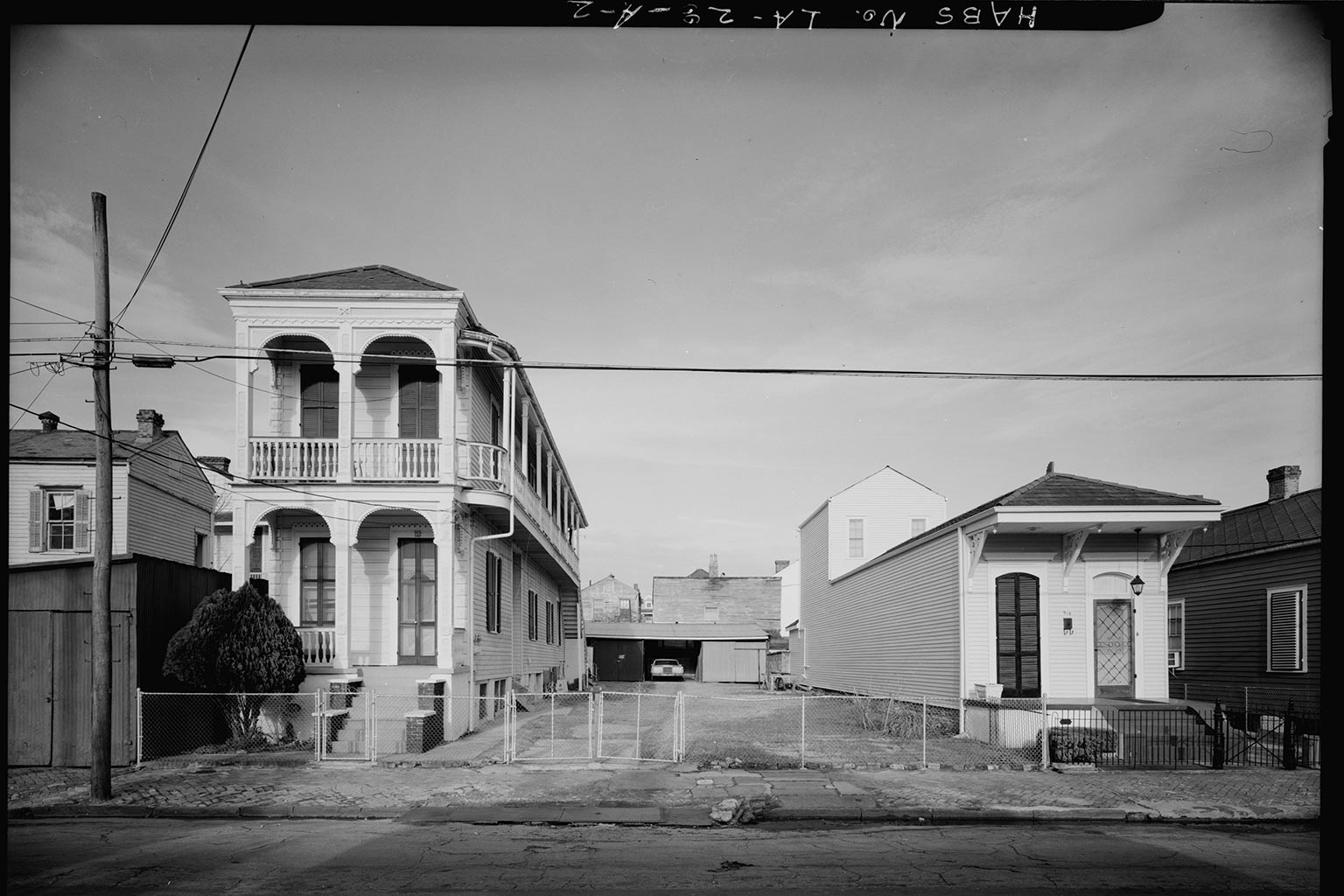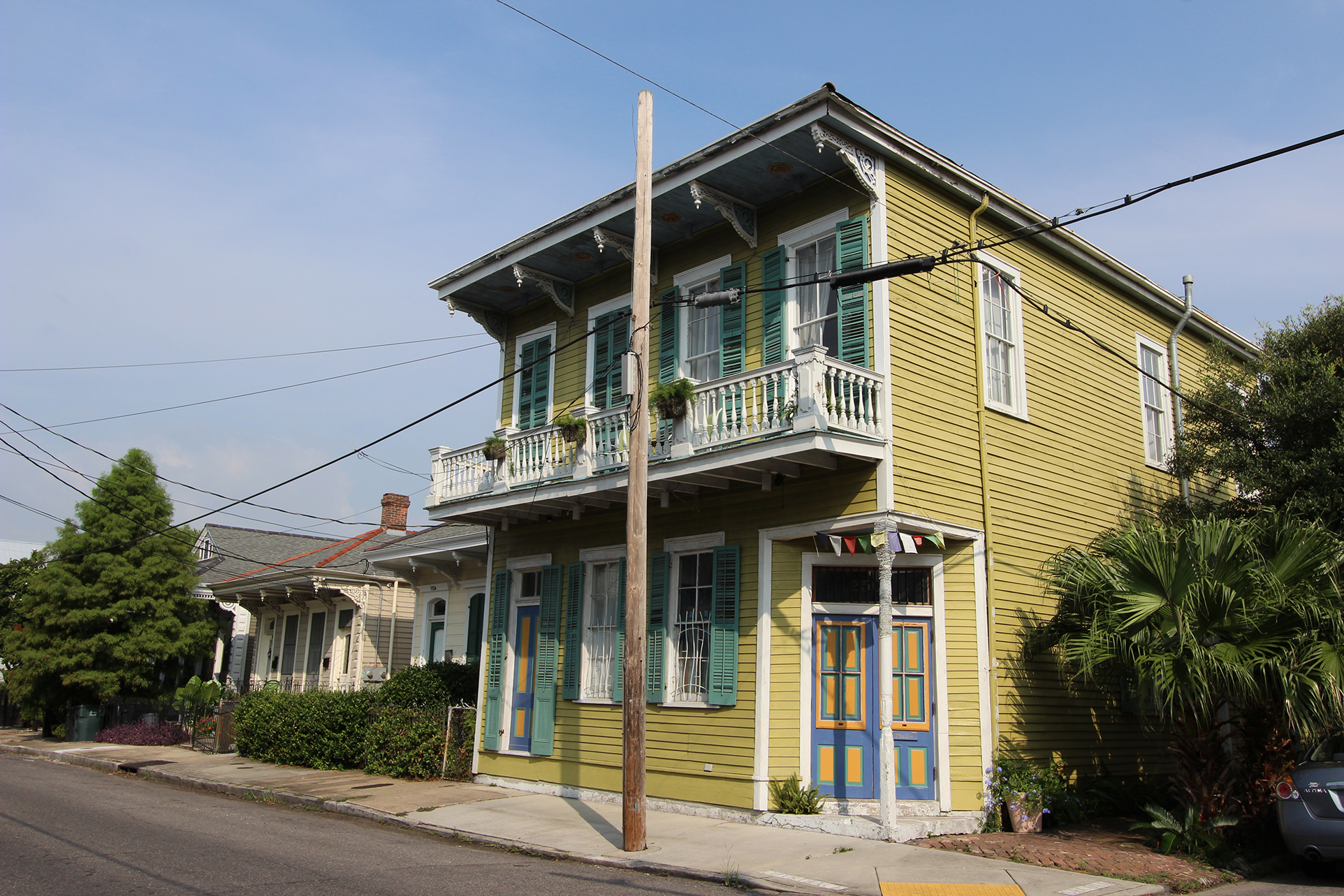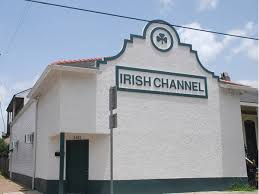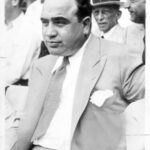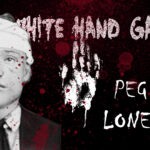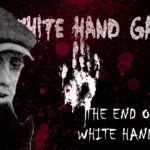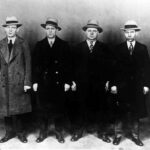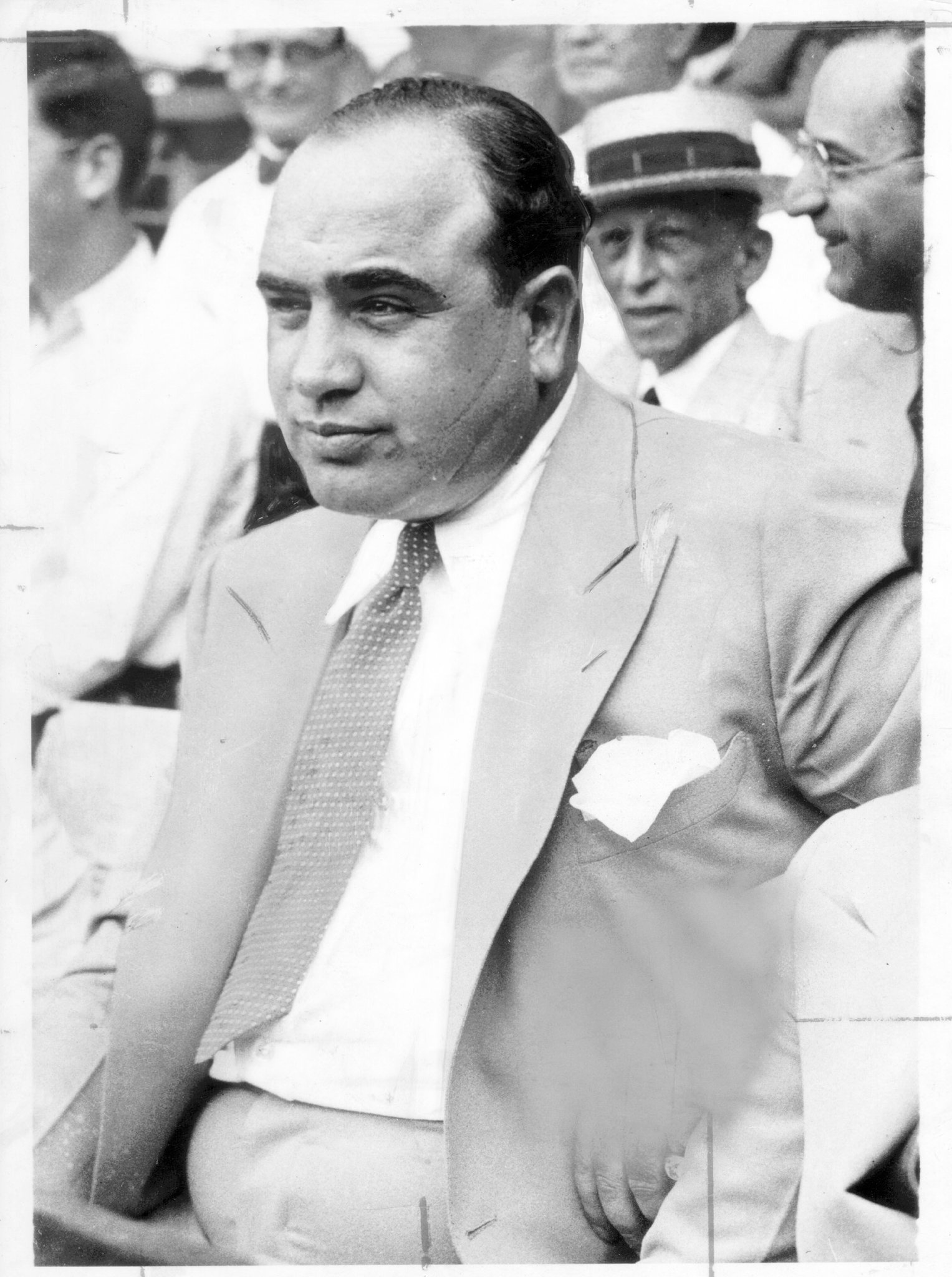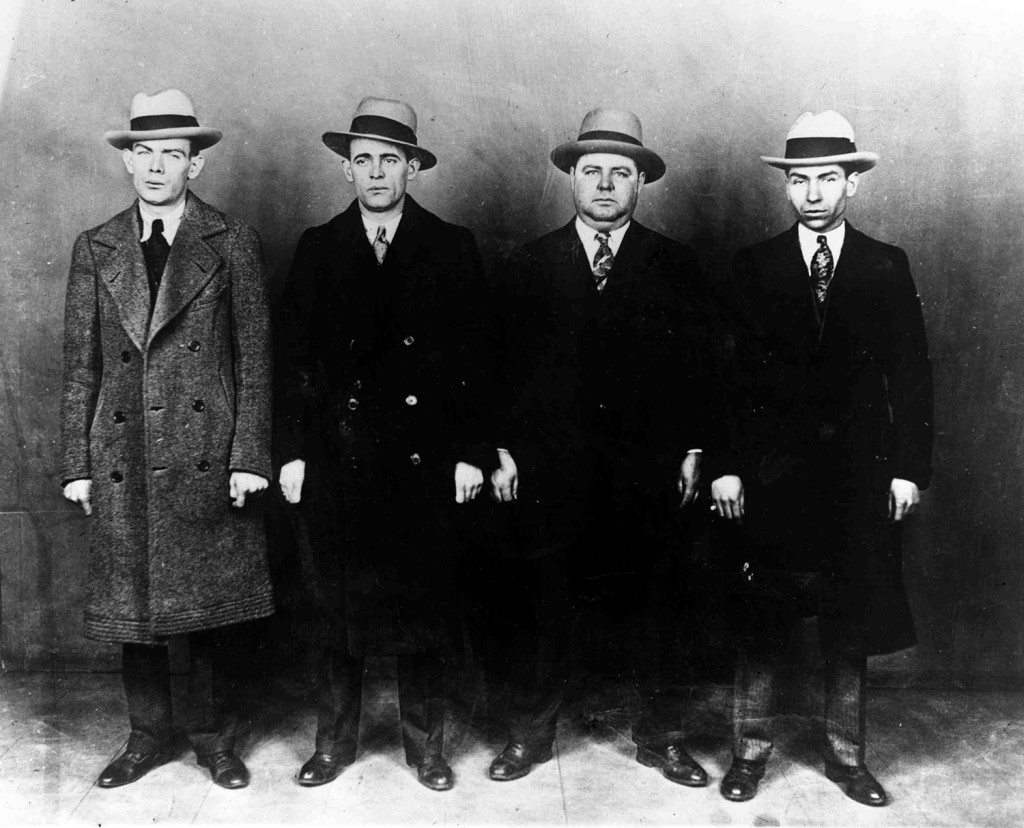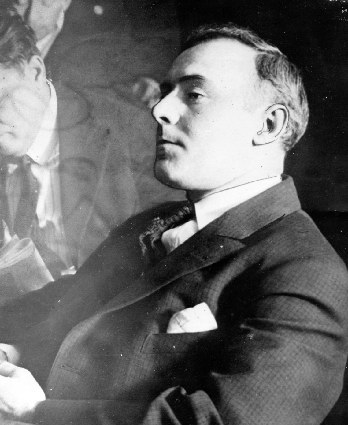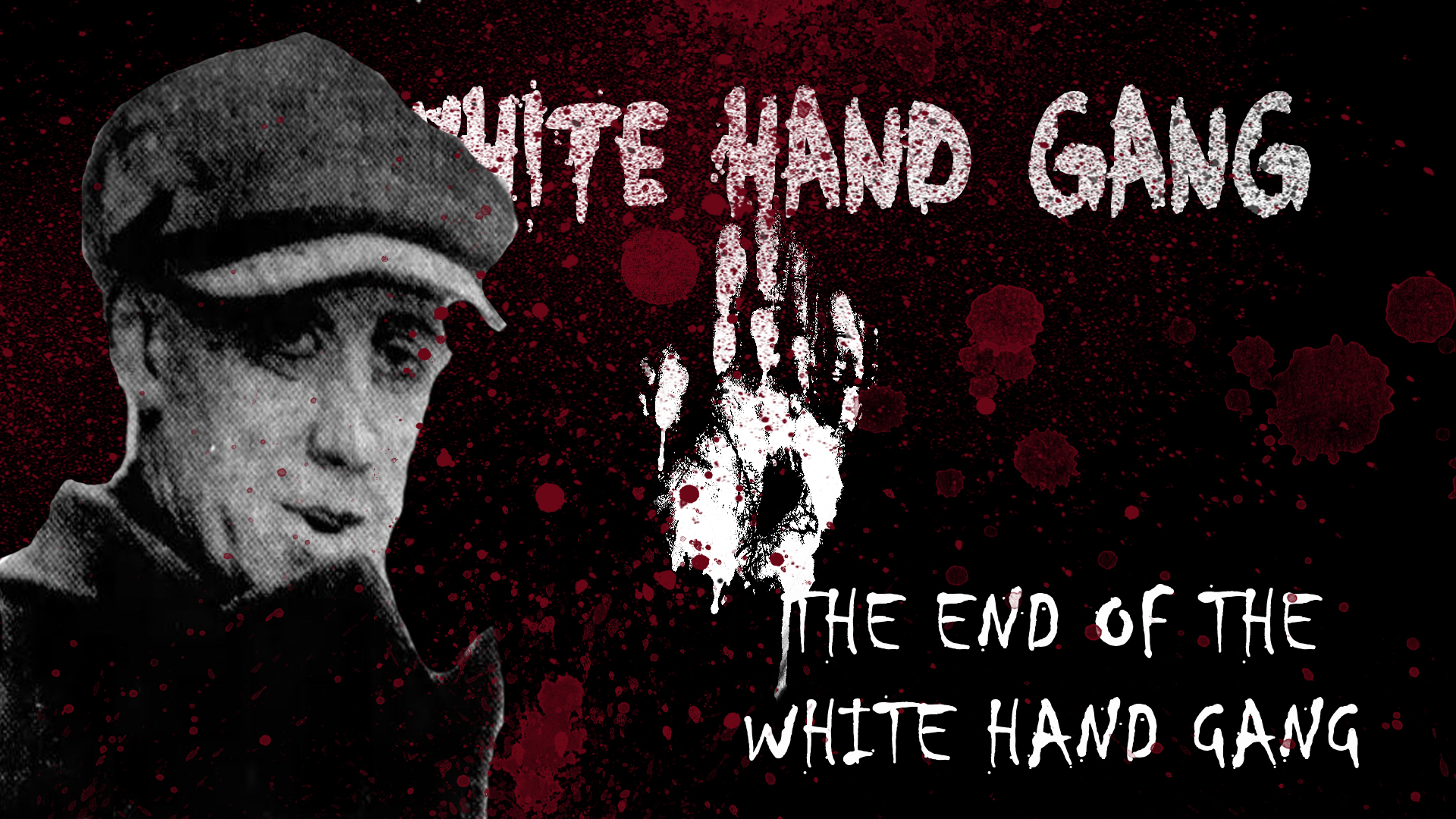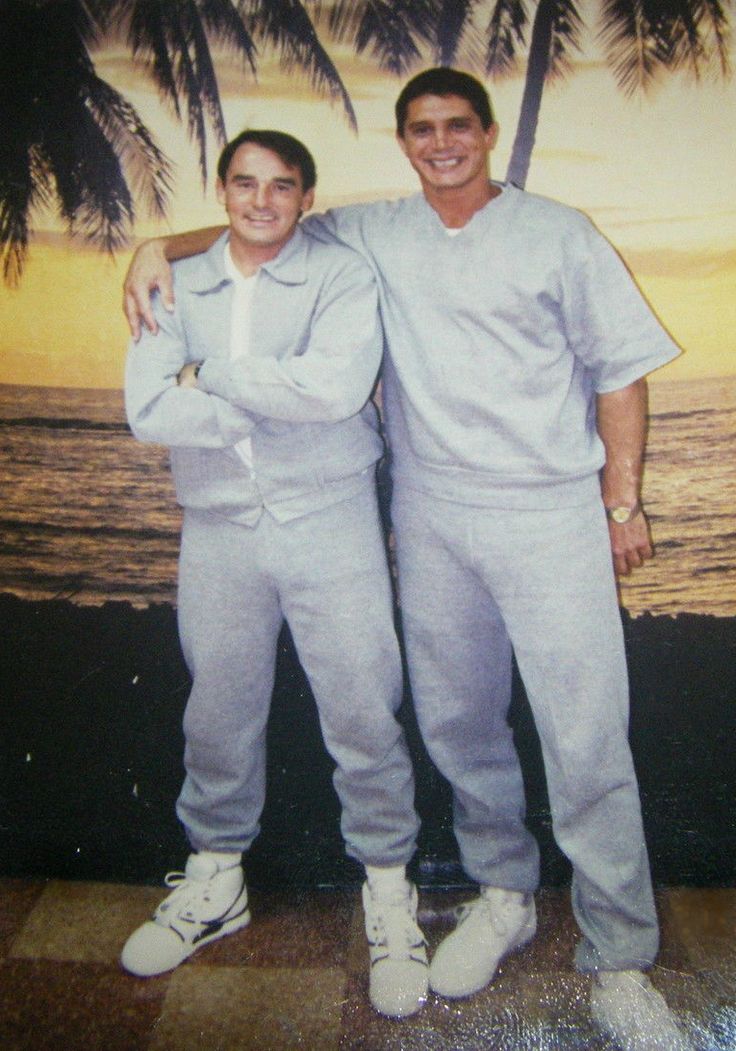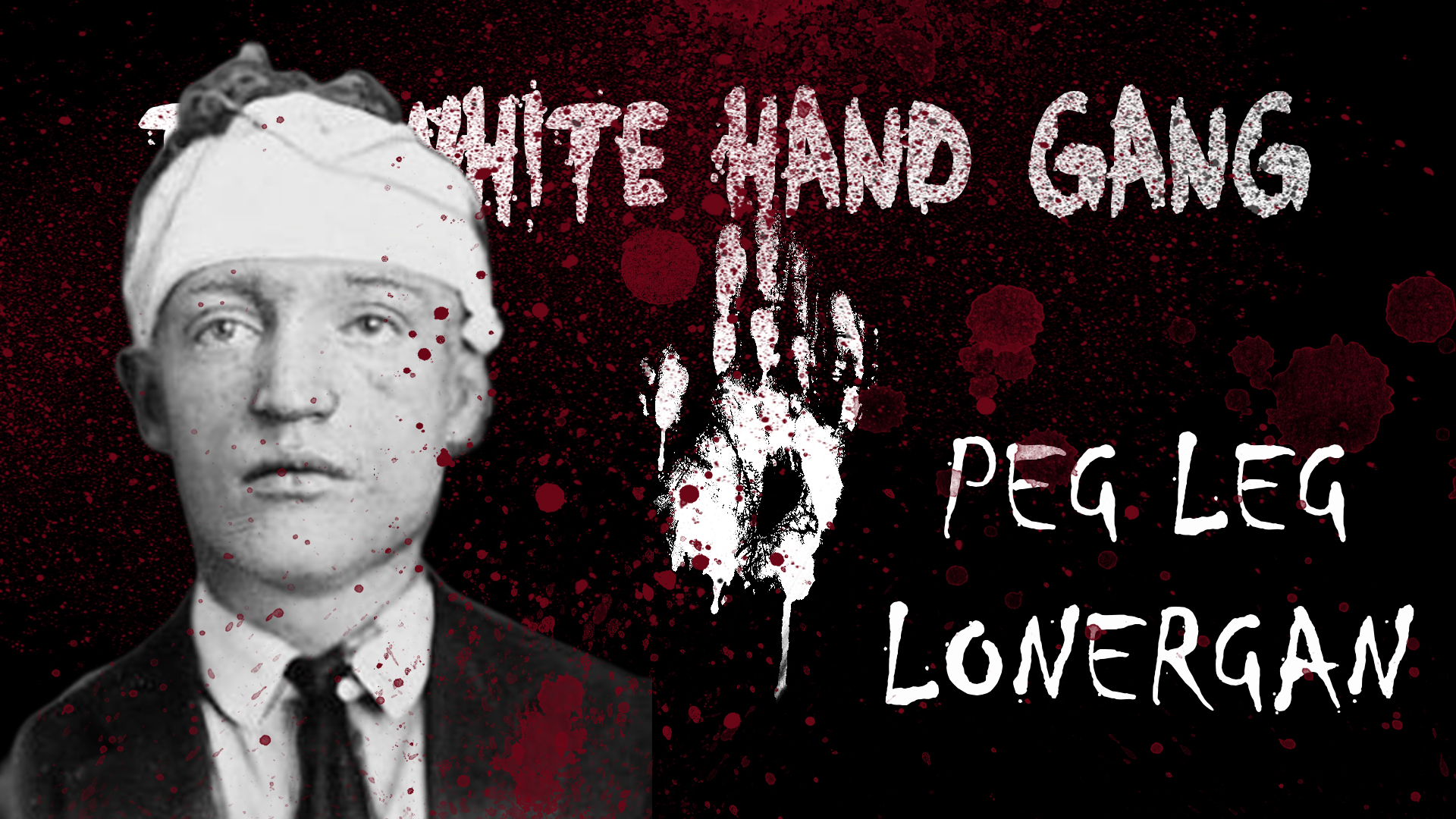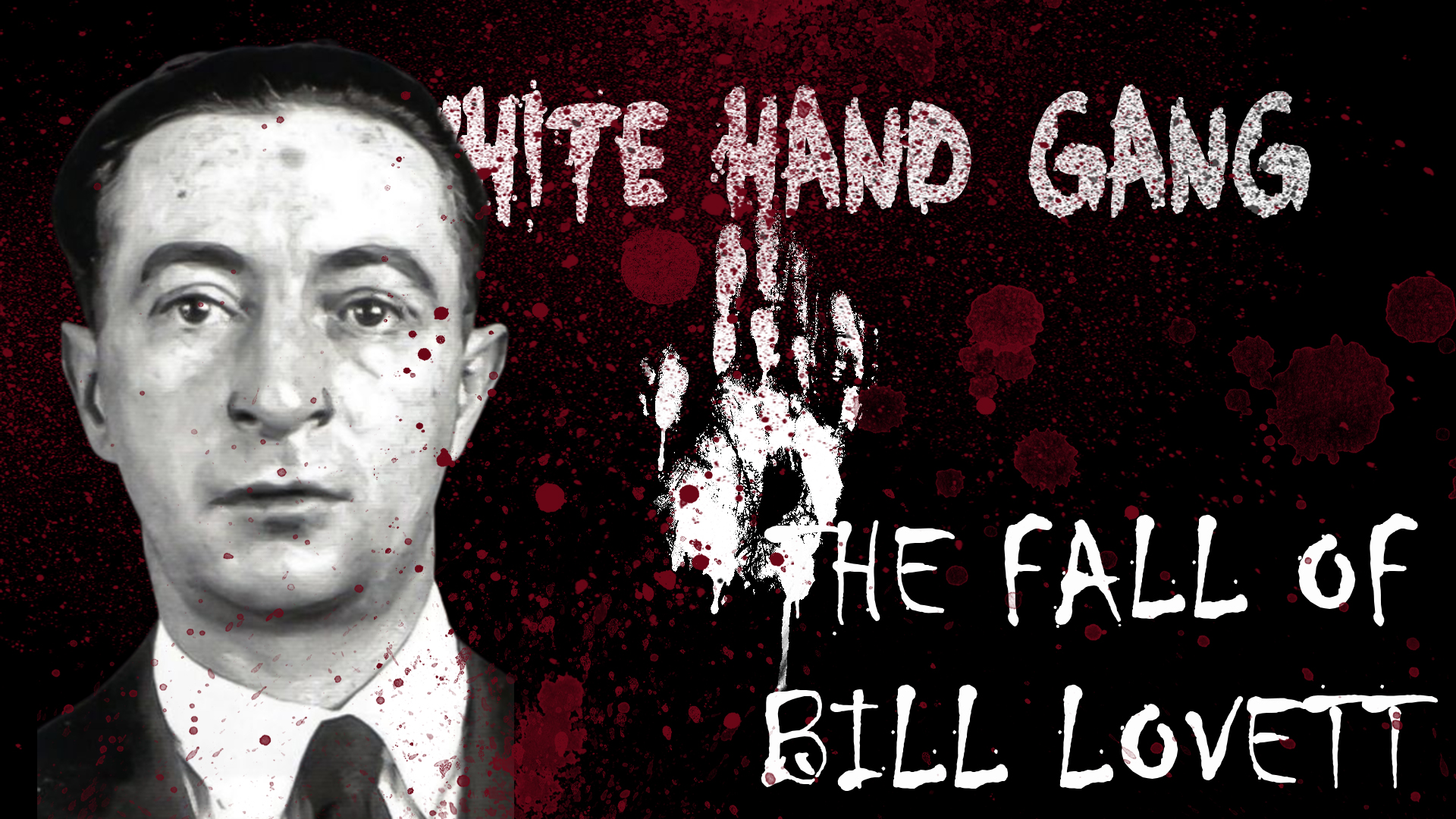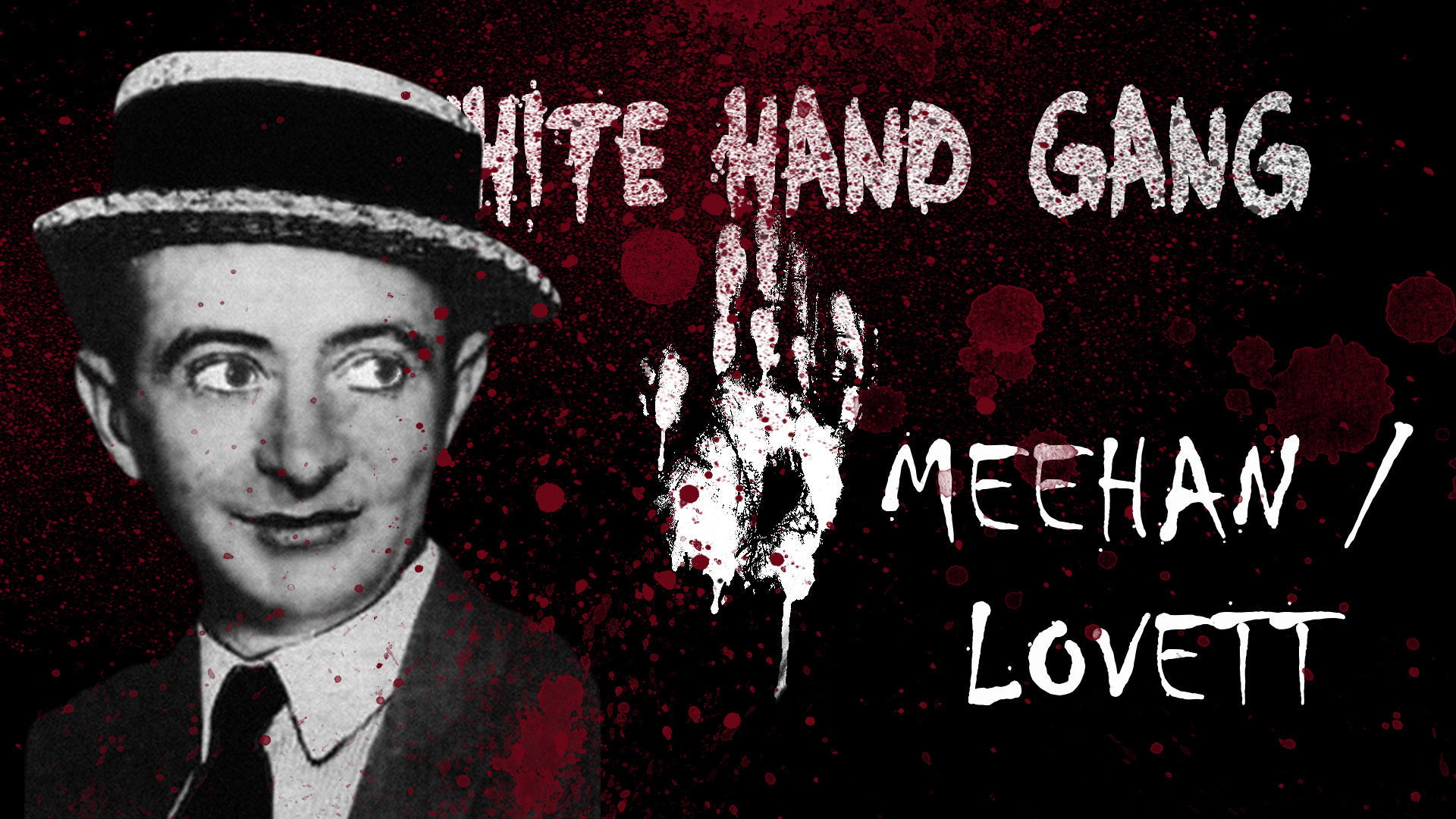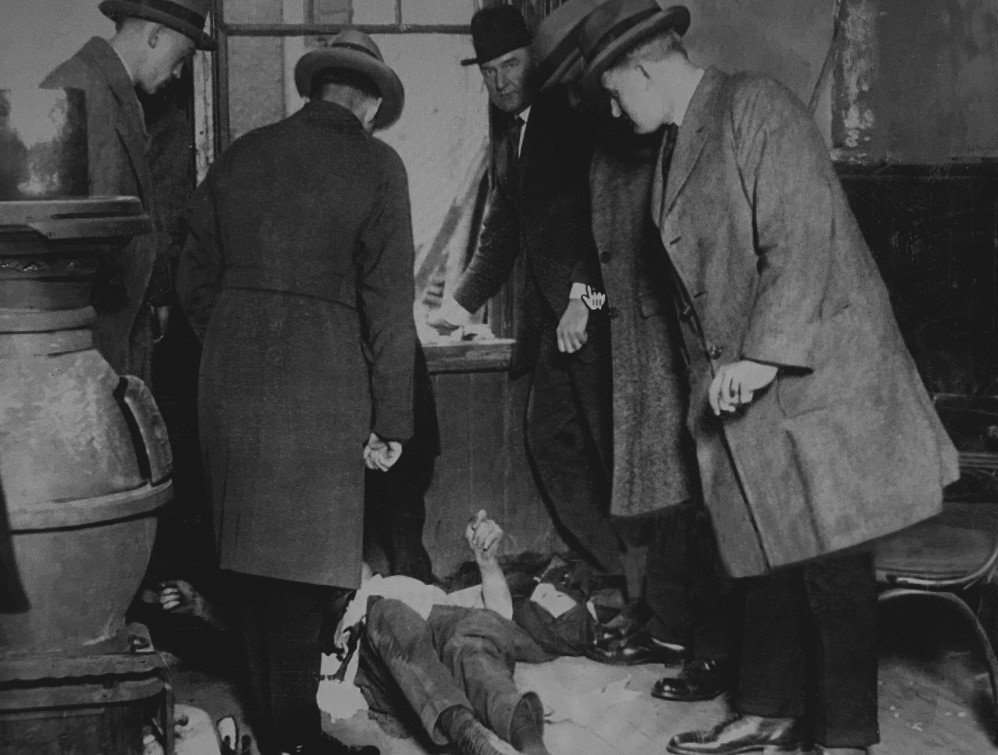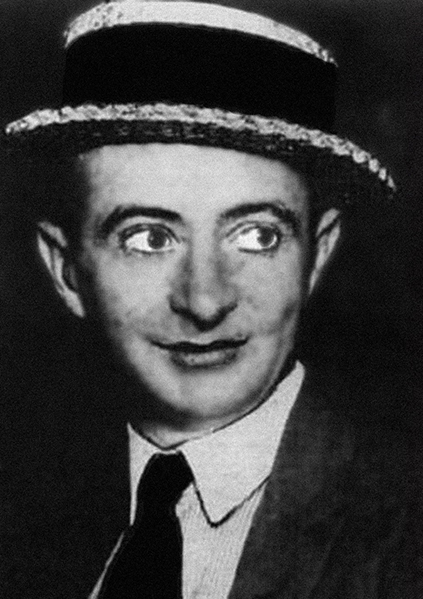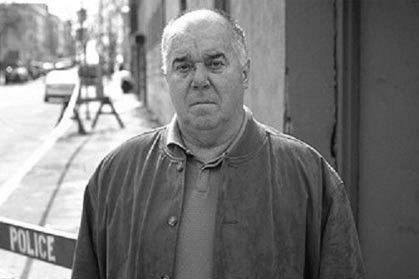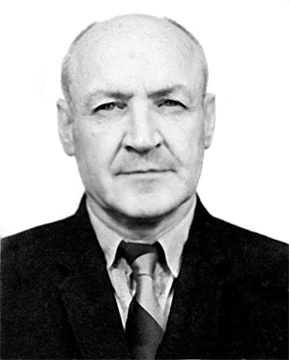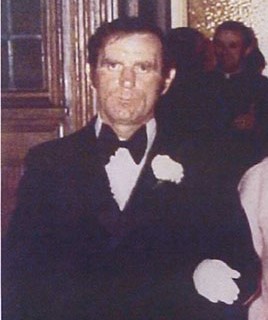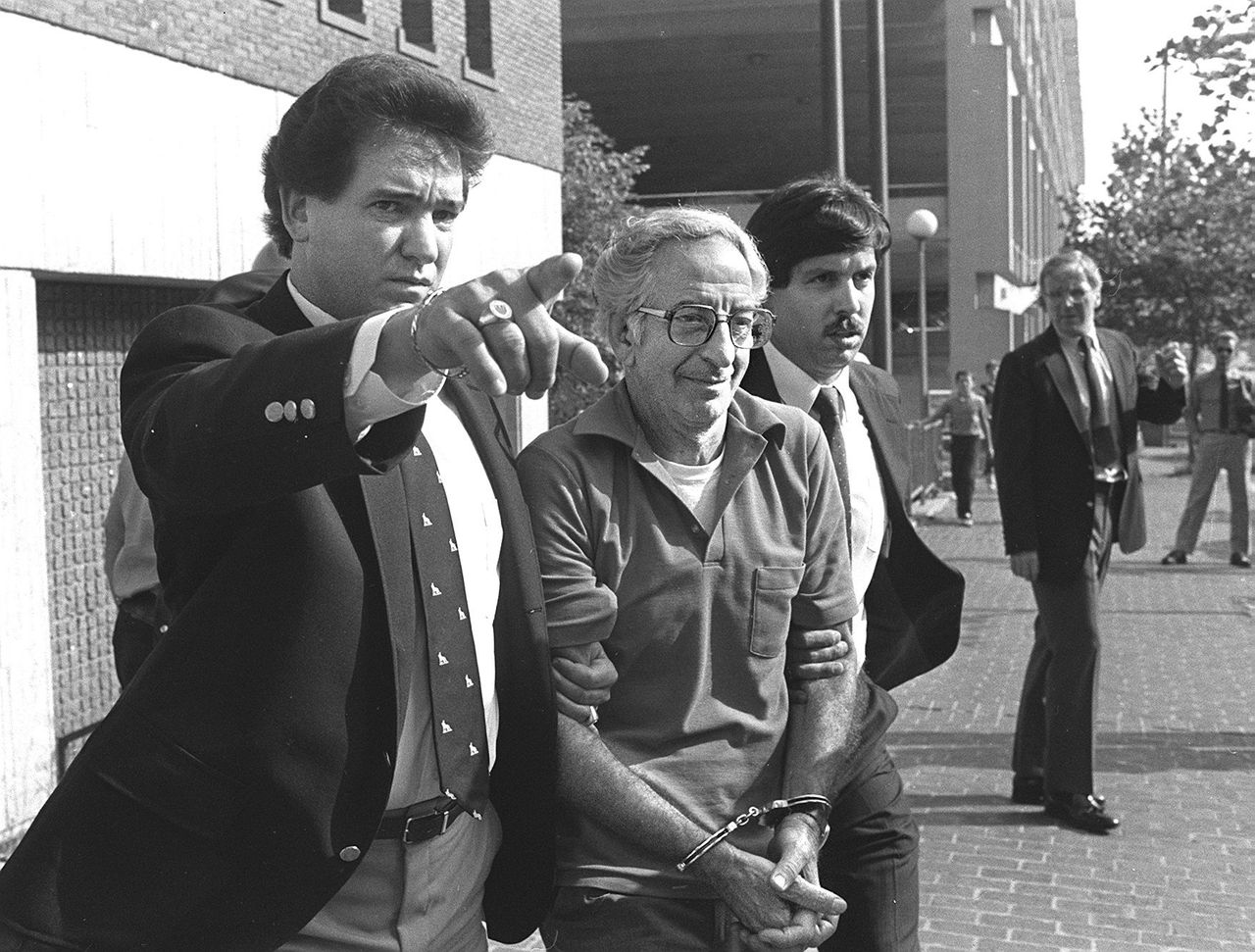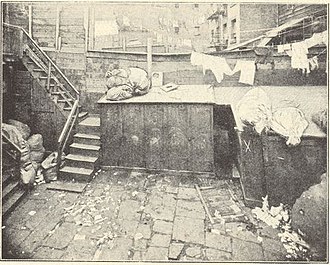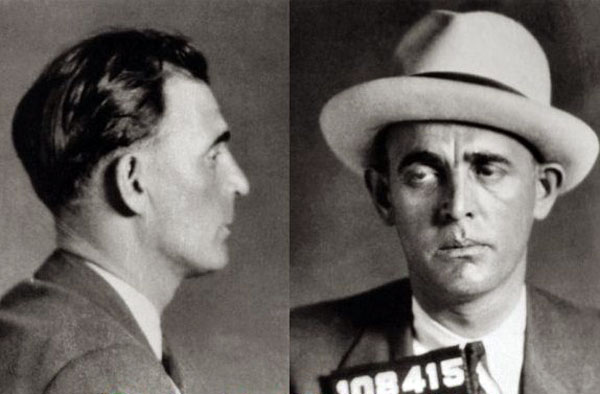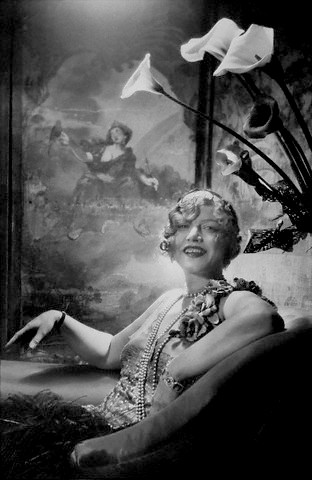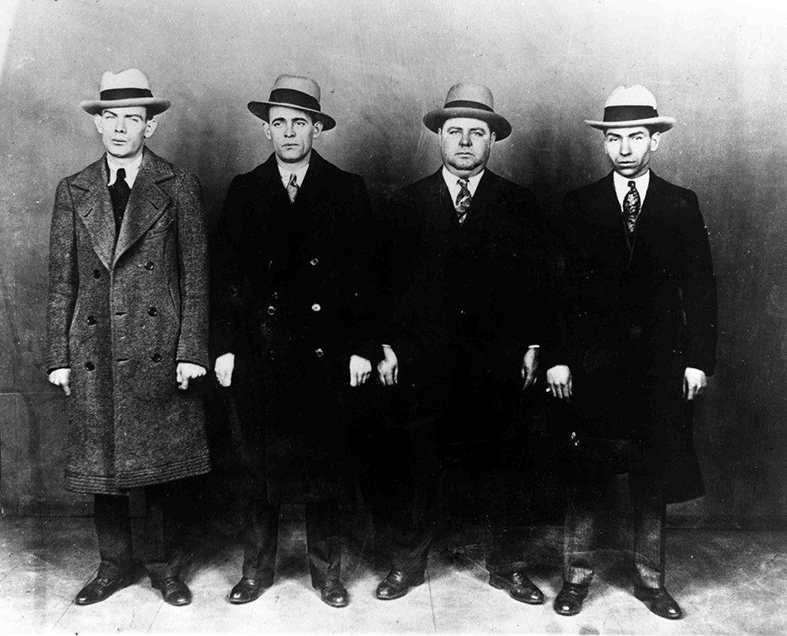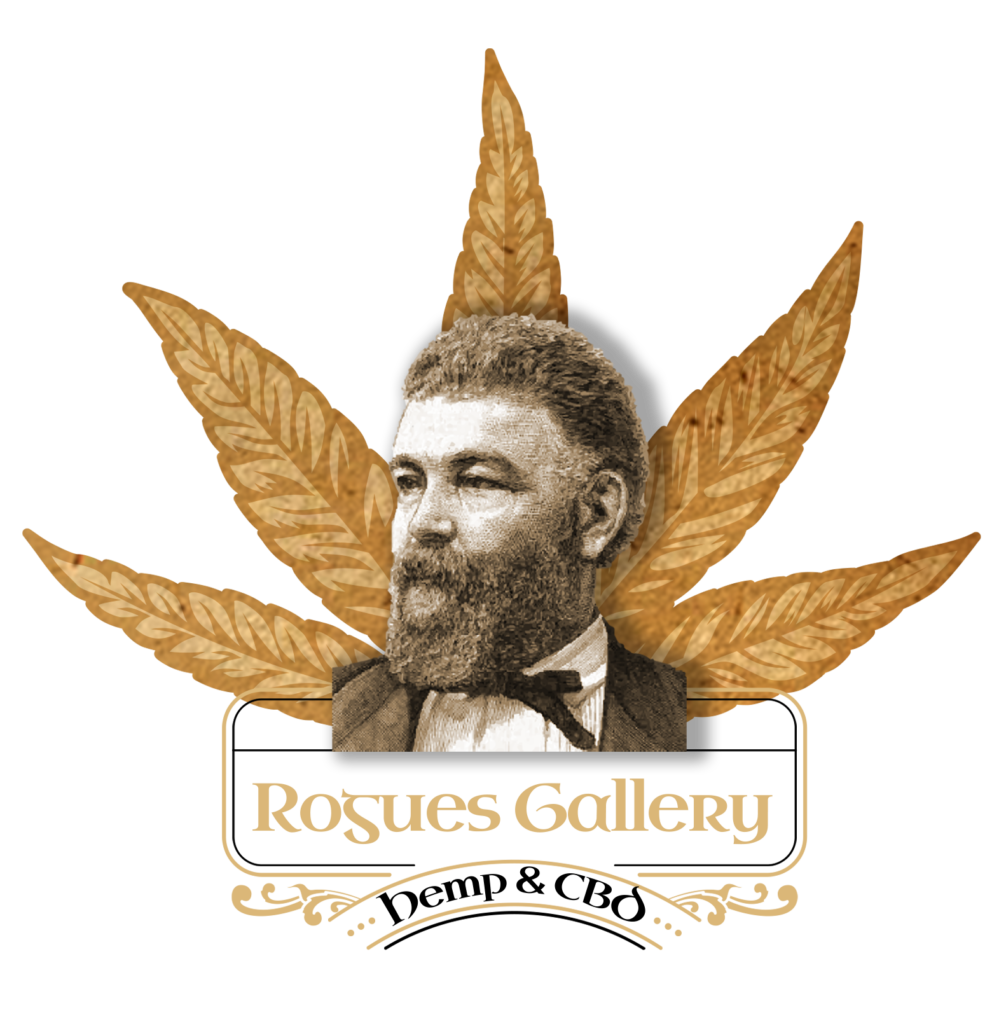The Irish Channel neighborhood is part of the historic city of New Orleans, Louisiana. Originally the Irish Channel was home to mainly, yes, Irish people who were emigrating from Ireland in the early 1800’s with a wave of immigrants coming during the Great Famine of Ireland.
There are several different accounts as to how the Irish Channel got its name. One story is that Adele Street was often flooded after the rain that it seemed like a channel. Another story is that Irish sailors and boatmen coming up the river would see the light outside a saloon on Adele Street and cry out “There’s the Irish Channel!” But more likely it was probably called the Irish Channel because so many Irish lived there.

Once they reached the shores of New Orleans, Irish immigrants disembarked at Adele Street and made their way to the rest of the country. With no money to explore beyond their destination, many low income Irish settled right on that spot. Along the river there were slaughterhouses, factories, cotton presses and a sugar refinery. Work could easily be found in the area for butchers, blacksmiths & bricklayers. The “Irish Channel” was originally home to many of the Irish workers who came here in the 1830s to dig the New Basin Canal.
The Irish Channel developed a reputation for for being a violent and rough place. Much of this centered on gangs, such as the St. Mary’s Market Gang, the Shot Tower Gang, the Pine Knot Gang, the Ripsaw Gang, and the Crowbar Gang, the river front area was home to petty thieves and prostitutes.
Outsiders mistook street brawls in the Irish Channel for gang violence. According to one resident of the Channel, “At the corner of Rousseau and St Mary was what was known as “The Bucket of Blood” because there were so many fights there.” These fights were much like a boxing matches, with referees and large crowds of spectators.
Over time, the street fights became so popular that boxing promoters came looking for potential prizefighters they could train for a professional career. The Irish Channel would produce many boxers. Boxing promoter Johnny Galway, an Irish Channel resident, would recruit and advertise fights. He was responsible for bringing many street brawlers to the Gayoso Club from where fights would be fought in front of a large crowd. The Ivy Johnson versus Joe Hoagg bout at the club, for example, was advertised in the Times Picayune as an event that had carried over from a street brawl in the Channel.
Boxing was a sport where the men of the Irish Channel could prove themselves tough, courageous and worthy of respect. It also helped that the Irish dominated the sport of boxing across America at that time. John L Sullivan, a famous fighter came to train in New Orleans before his match against heavyweight champion Paddy Ryan in 1882. Sullivan won the fight in a 9th round knock out and would hold the title for ten years. A generation later, Jack Dempsey became the sport’s most famous fighter.

Heroes like Martin Burke, one of the most celebrated boxing champions in New Orleans, were idolized among the residents of the Channel. For them, Burke brought hope to the community with the message that they all stood a fighting chance. Martin Burke became a symbol of Irish Pride for the Irish Channel and boxing, a uniting factor for male residents of this old Irish neighborhood.
Not everyone was happy about the characterization of the neighborhood though, in a letter to the editor of the New Orleans Item on Sept 7 1913, Mr C. A. Coogan condemned the paper for its misleading stories of events in the neighborhood. Coogan writes “I feel that you are doing a gross injustice to us by publishing headlines that read “ The Irish on a Warpath”, “Peace in the Irish Channel” and “Irish Mafia.” Coogan continued that the “boys from our park, most of whom are of Irish decent, are as fine a lot of boys as there are in the city.”
Sources:
https://thewildgeese.irish/profiles/blogs/the-fighting-irish
http://karinagentinetta.blogspot.com
Laura D. Kelley PhD

